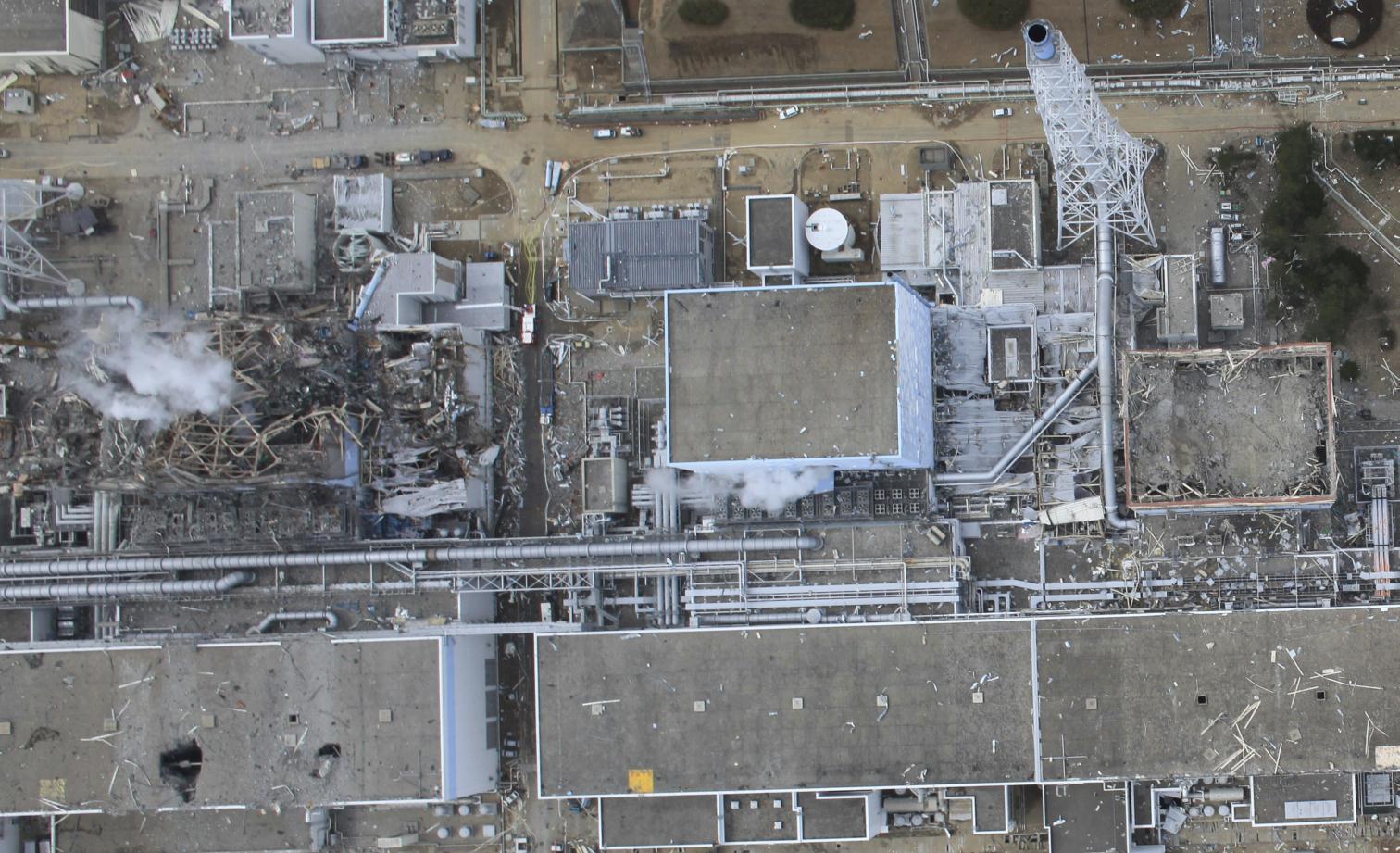Study Shows Worse Picture of
Meltdown in Japan

Fukushima Power Plant
EMF Protection Devices
Magnetic Field Detector
November 30, 2011
TOKYO
— Molten nuclear fuel may have bored into the floor of at
least one of the reactors at the stricken Fukushima Daiichi
nuclear power plant, the complex’s operator said Wednesday,
citing a new simulation of the accident that crippled the
plant in March.
The simulation suggested that the meltdown may have been more
severe than had previously been thought.
Soon after an earthquake and a tsunami on March 11 knocked out
cooling systems at the power plant, nuclear fuel rods in
three of its six reactors overheated and slumped, the
operator, the Tokyo Electric Power Company, has said.
In the No. 1 reactor, the overheated fuel may have eroded the
primary containment vessel’s thick concrete floor, and it
may have gotten almost within a foot of a crucial steel
barrier, the utility said the new simulation suggested.
Beneath that steel layer is a concrete basement, which is
the last barrier before the fuel would have begun to
penetrate the earth.
Some nuclear experts have warned that water from a makeshift
cooling system now in place at the plant may not be able to
properly cool any nuclear fuel that may have seeped into the
concrete. The new simulation may call into question the
efforts to cool and stabilize the reactor, but the
Tokyo Electric Power Company, or Tepco, says it is not
worried more than eight months after the accident.
The findings are the latest in a series of increasingly grave
scenarios presented by Tepco about the state of the
reactors. The company initially insisted that there was no
breach at any of the three most-damaged reactors; it later
said that there might have been a breach, but that most of
the nuclear fuel had remained within the containment
vessels.
“This is still an overly optimistic simulation,” said Hiroaki
Koide, an assistant professor of physics at the Kyoto
University Research Reactor Institute, who has been a vocal
critic of Tepco’s lack of disclosure of details of the
disaster. Tepco would very much like to say that the
outermost containment is not completely compromised and that
the meltdown stopped before the outer steel barrier, he
said, “but even by their own simulation, it’s very
borderline.”
“I have always argued that the containment is broken, and that
there is the danger of a wider radiation leak,” Mr. Koide
said. “In reality, it’s impossible to look inside the
reactor, and most measurement instruments have been knocked
out. So nobody really knows how bad it is.”
Still, a spokesman for Tepco, Junichi Matsumoto, said Wednesday
that the nuclear fuel was no longer eating into the
concrete, and that the new simulation would not affect
efforts to bring the reactors to a stable state known as a
“cold shutdown” by the end of the year.
“The containment vessel as a whole is being cooled, so there is no
change to our outlook,” Mr. Matsumoto said at a news
conference.
The nuclear accident at the Fukushima Daiichi plant, the worst
since Chernobyl, triggered fuel meltdowns at three of its
six reactors and a huge radiation leak that has displaced as
many as 100,000 people. The Japanese government has said
some areas around the plant will be uninhabitable for
decades.
Tepco based the simulation on projections of decay heat released by
the nuclear fuel and other estimates. The results suggest
that the uranium fuel rods at the No. 1 reactor were most
badly damaged, Mr. Matsumoto said, because it lost cooling
water before the other two reactors did. The fuel rods were
exposed for several hours before fire trucks could pump in
emergency seawater.
Because the simulation suggests that heat released as a result of
radioactive decay “far overwhelmed” the effect of the
cooling water, he said, and because temperatures in the
inner pressure vessel that originally housed the fuel are
thought to have dropped quickly, Tepco now assumes that “100
percent of the fuel at Unit 1 has slumped” into the outer
primary containment vessel.
In addition, the simulation suggests that the fuel bored more than
two feet into the concrete, Mr. Matsumoto said.
At Units 2 and 3, the initial cooling efforts were more
successful, he said, and a smaller amount of fuel is thought
to have escaped the pressure vessels and into the primary
containment vessels.
http://www.emfnews.org/store
|